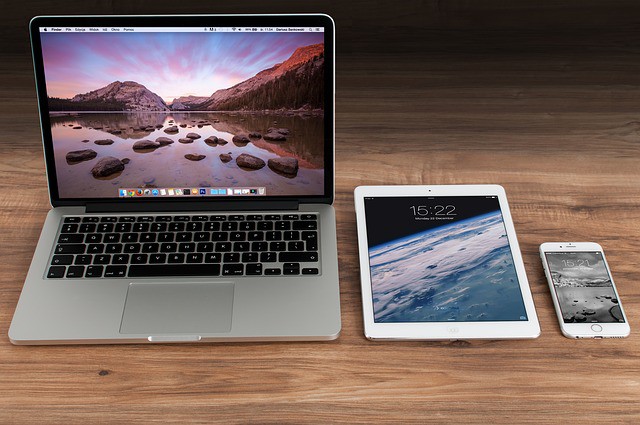What is “Pay-Per Click”? “Pay-Per Click”, is an easy to understand advertising strategy. There are around 300 million searches at major search engines everyday. This causes 80% of internet traffic. Placing your websites on these search engines is very important in reaching as many potential customers as possible. But in order to be seen and clicked most frequently, your website should be viewed at the top most of the search list. Most people only reach up to the third page of a search engine so the lower your rank, the lesser the chance you will be clicked.
In “Pay-Per Click” advertising, you pay to be always visible on the internet. You select keywords or key phrases about your website, and the highest bidder ranks the best. There is no upfront cost. You only pay after a visitor clicks your link. This is why it is called “Pay-Per Click”.
Everyday millions of people around the world click on Pay-Per Click Advertising Campaign. With the booming internet industry and the ever growing online business, an ad of virtually anybody on the planet can be seen on the internet anywhere in the world.
The “Pay-Per Click” advertising campaign is the premier growth area in online marketing. Last year, an estimated $741.2 million was spent on “Pay-Per Click” advertising. The usual search engine optimization can take weeks or even months to produce results. “Pay-Per Click” advertising can attract customers at an instant.
Why? Because, this cutting edge ad campaign can be placed on any website and can be viewed by potential online customers, anywhere, anytime and all the time. The only challenge is placing the ads on proper websites that will attract possible customers for a specific product or services.
“Pay-Per Click” advertising campaign attracts the right consumers at the shortest possible time. This is the most cost effective way of marketing products or services. You can also monitor the customers who visit your site, what they are looking for and what they are buying.
With the right creativity on using the right search-phrases, we can direct the right people who are willing to do business with us.
“Pay-Per Click” advertising can easily be managed 24 hours per day and 7 days a week through the internet. This allows you improve the campaign strategy by effectively responding to the activities of both customers and competitors.
So what are you waiting for? “Pay-Per Click” now and let your business take the fast route to success.


![Top 27 Actionable Content Marketing Tips [Infographic]](http://www.bestprofitsonline.com/myblog/wp-content/uploads/2016/08/27-actionable-content-marketing-tips-to-drive-more-website-traffic1.jpg)